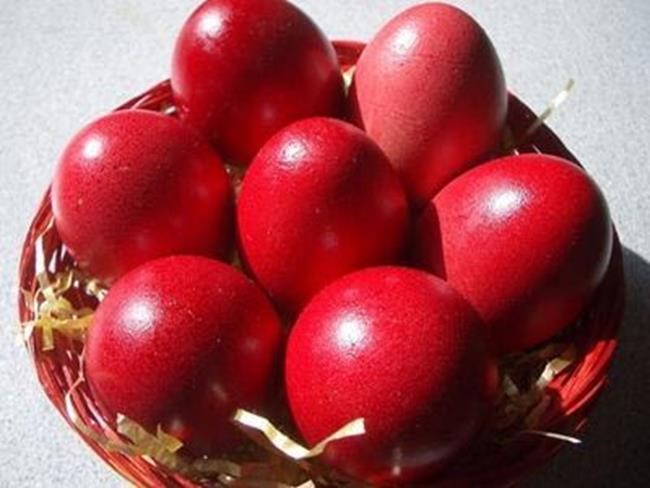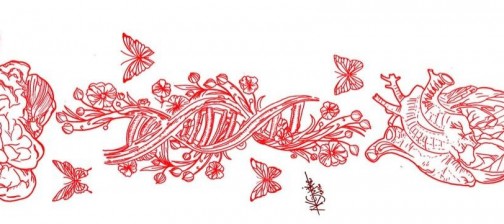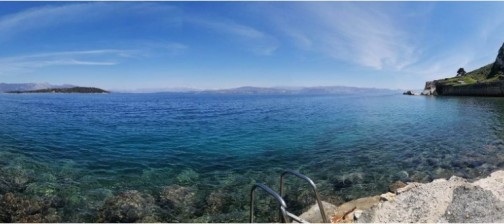By Nikolas Gavril
Easter Sunday is quickly approaching as Christians around the world look forward to and anticipate the upcoming celebration of the resurrection of the Lord, Jesus Christ. On the small island of Cyprus, the preparations for the celebration have already begun. I would extremely recommend making a trip on this spring holiday to Aphrodite’s Island to witness the Cypriot tradition, as it mixes with Christianity, creating new and wonderful customs.
In Cyprus, April 20th is not the only day that is celebrated. The days leading up to Easter Sunday each have an individual and unique purpose and tradition.
The Easter celebration technically begins more than a week before Easter Sunday! Saturday of Lazarus is the day the children go from house to house, singing the song “Lazarus”, which refers to the resurrection of the Biblical character, Lazarus. Housewives give the children gifts of money and fresh eggs to dye.
Palm Sunday, the Sunday before Easter, begins with housewives collecting olive branches to bring to the churches, where they leave them until the day of Pentecost. The branches are considered sanctified and women eventually take them home to burn in a special jar. The smoke that is produced by these olive branches is believed to banish all evil and jealousy from the family.
The next day of celebration is Holy Thursday. On this day, most women do their Easter baking of flaounes, a kind of Cypriot cheese cake, which is made of short crust with a cheese, egg and mint filling, formed into triangular and square shapes.
Later in the day, eggs are dyed a red color that symbolizes the blood of Jesus. Then the images in the churches are covered with black cloths as a sign of mourning. On the same evening, priests set up a table inside of the church, hanging a fake cross with Christ above it, placing a model of Saint John on the right side and one of the Virgin Mary on the left.
On the morning of Holy Friday, a coffin is decorated by the women with various kinds of flowers. Later in the evening, there is a procession around the church as the people carry the coffin with them. The purpose of this is to mourn the death of Jesus Christ.
On Saturday morning, the Cypriots gather for a service as the black cloths that had covered the church are removed. Around 11 o’clock that evening, people return to the church to celebrate the resurrection of Jesus. Outside in the courtyard of the church there is a huge bonfire called “Lamprajia”. On the top of “Lamprajia”, a model of Judas is burned. At midnight the priest says “Come and receive the light,” as a small procession is created, leading out of the church. Candles are lit as priests and church-goers sing for the Risen Christ while children light fire crackers. The people then return to their homes, clinking their red eggs together while announcing, “Christ is risen, truly risen!” They then eat a meal of soup and flaounes.
Finally, the celebration on Easter Sunday begins at 10 in the morning, where the church service known as ‘the Vespers of Love’ takes place. After litany, believers worship and return to their homes to bake the traditional ‘lamb on the spit’. After this, all the families gather together to celebrate the great day of Easter, playing traditional games in the village square.
A week of celebration and commemoration, Easter is a sacred and beautiful holiday in Cyprus.






